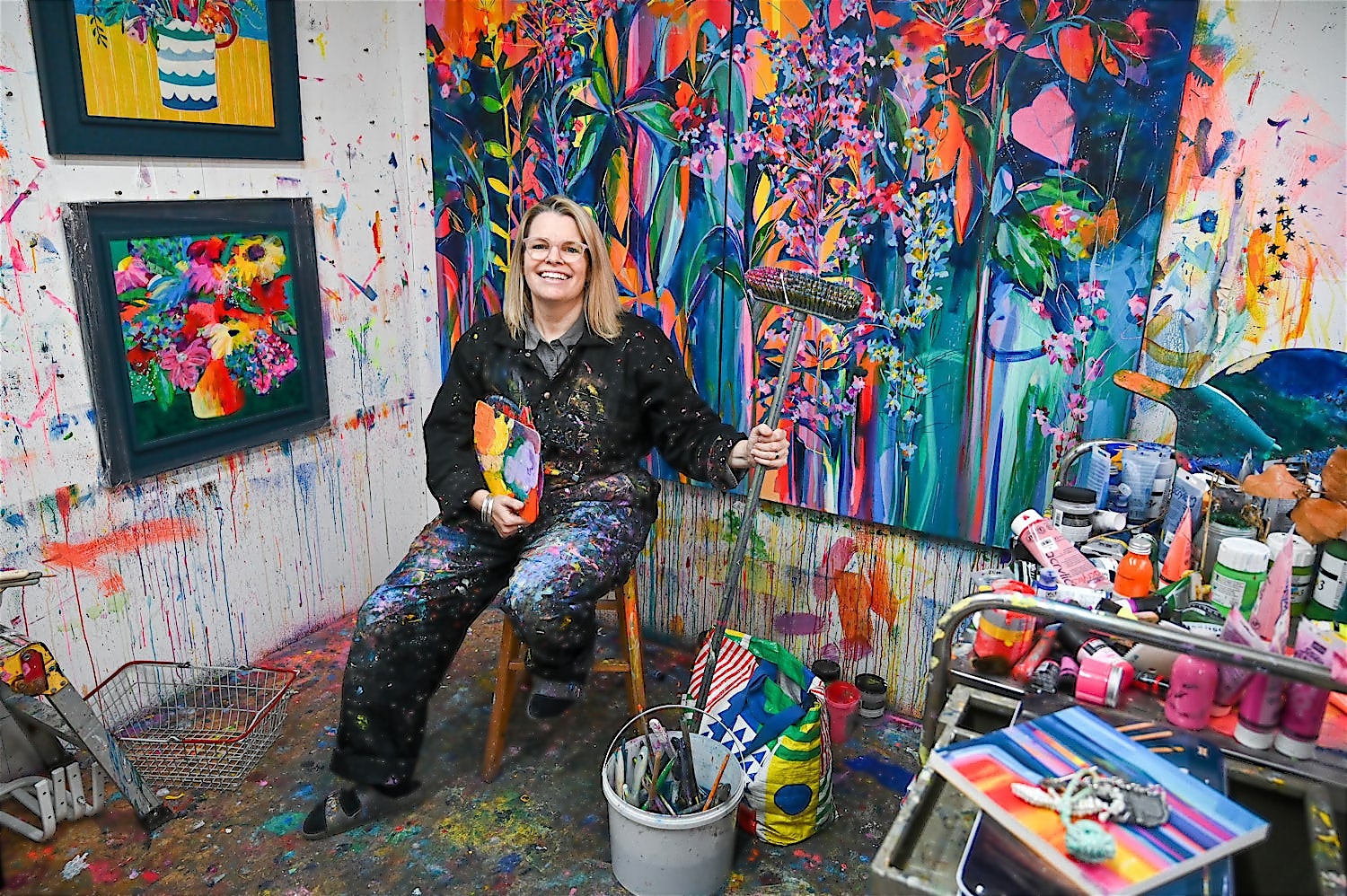History Of Photo-Based Painting For Today's Photographers
The amalgamation of photography and painting, known as photo-based painting, has significantly influenced the art world, offering photographers new avenues for creative expression. A profound understanding of the history of photo-based painting can provide professional photographers with insights into their craft, helping them explore fresh techniques and reinterpret traditional methods. This art form, which merges the realism of photography with the interpretive nature of painting, creates a unique dialogue between these two disciplines.

Origins and Evolution of Photo-Based Painting
Photo-based painting dates back to the advent of photography in the 19th century. Initially, artists regarded the camera as a mere tool for providing reference images. However, as technology advanced, they began to appreciate the camera's potential in producing art. The incorporation of photographs into paintings enhanced realism and offered new perspectives, pushing boundaries in both artistic fields.
One of the earliest known practitioners of this technique was Edgar Degas, whose use of photographs as the foundation for his paintings allowed him to experiment with composition and lighting in unprecedented ways. This method is detailed beautifully in [Photo-Based Painting Process](https://photo4art.com/blogs/our-all-posts/how-photo-based-paintings-are-made) that explores how artists blend these mediums.
Impact of Photo-Realism
The photo-realism movement of the late 20th century marked a significant milestone in the history of photo-based painting. Artists sought to create works that were indistinguishable from photographs, leveraging the detailed precision possible through photography while retaining the emotional depth provided by painting. Richard Estes and Chuck Close were pivotal in this movement, showcasing how a photograph could transcend its original form when combined with other art styles.
This period emphasized accurate representation and the meticulous replication of photographs in paintings, challenging artists to refine their techniques. The movement is explored in depth in [Ways to Create Photo-Based Art](https://photo4art.com/blogs/our-all-posts/what-is-photo-based-painting), offering insights into the dedication required to perfect this intricate artistry.
Contemporary Practices and Digital Advancements
In recent decades, the rise of digital technology has revolutionized the way artists and photographers approach photo-based painting. Software like Adobe Photoshop allows for the seamless blending of photographic elements with traditional painting, expanding creative possibilities. This digital shift is well articulated in the exhibition at the [Cleveland Museum of Art](https://www.clevelandart.org/exhibitions/one-unique-photo-based-images), where modern interpretations of photo-based paintings are on display.
Professional photographers are now able to manipulate images digitally to incorporate painterly effects, sparking new interest in this hybrid form of art. The exploration of these modern techniques provides an exciting frontier for photographers looking to infuse their work with new dimensions.
The Future of Photo-Based Painting
As technology continues to evolve, the possibilities for photo-based painting become increasingly boundless. Photographers can now experiment with more nuanced expressions and concepts than ever before. This is explored further in the [History and Techniques of Photo-Based Painting](https://photo4art.com/blogs/our-all-posts/how-photo-based-paintings-are-made), which discusses potential future trends in this art form.
Additionally, with the growing popularity of augmented reality and virtual reality, artists can create immersive experiences that blend photography and painting in new, interactive ways. These advancements suggest a promising future for an art form that constantly reinvents itself.
By understanding the history of photo-based painting, photographers can draw from a rich tapestry of artistic innovations, helping them to create compelling pieces that resonate with modern audiences.

Frequently Asked Questions
-
What is the main difference between photo-realism and photo-based painting?
Photo-realism aims to replicate a photograph as meticulously as possible, while photo-based painting incorporates photographic elements into traditional painting, allowing for interpretive or abstract representations. -
How has digital technology impacted photo-based painting?
Digital technology has expanded the possibilities for photo-based painting, enabling the seamless integration of photographic and painted elements, and allowing artists to experiment with digital effects that were previously impossible. -
Can photo-based painting be considered cheating?
Photo-based painting is a legitimate art form that combines skills from both photography and traditional painting to create unique works. As with all art forms, its value lies in the creativity and execution of the artist, a perspective that can be explored further at [Artists & Illustrators](https://www.artistsandillustrators.co.uk/how-to/marketing-your-art/is-it-cheating-to-paint-from-a-photo).

